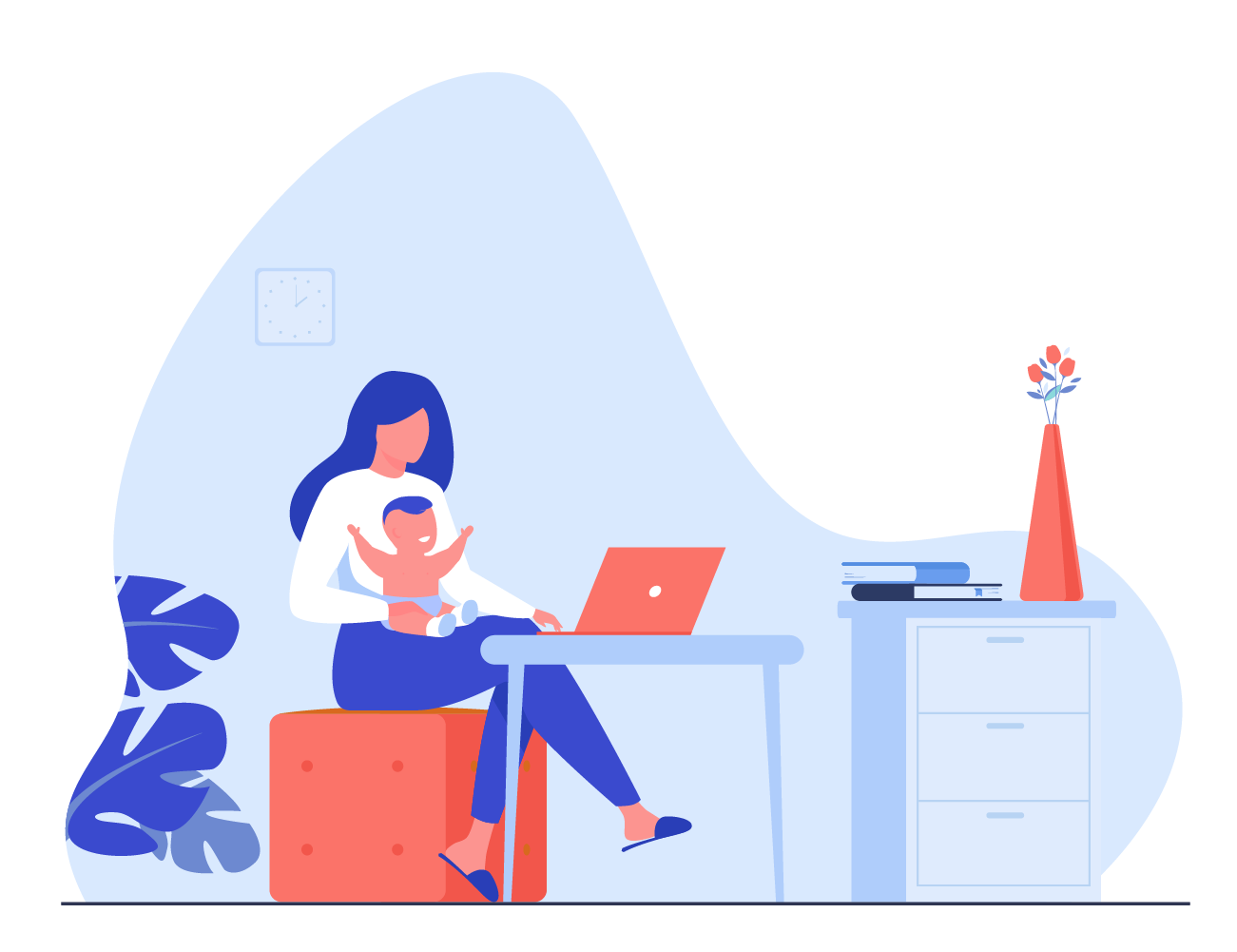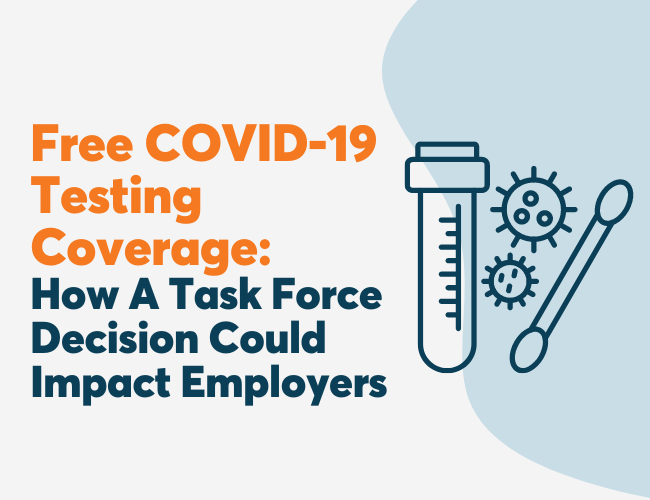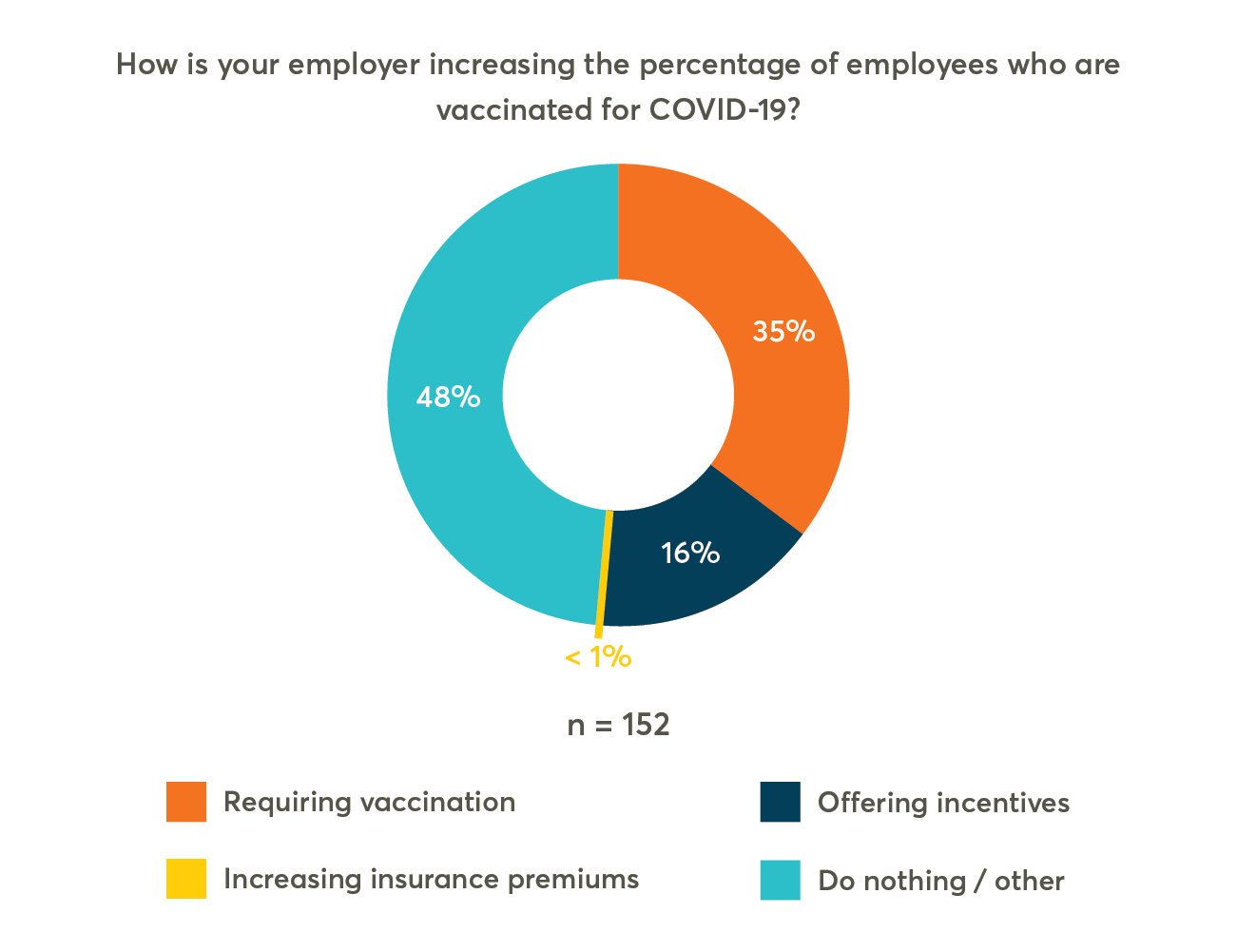This blog was written by a guest contributor, Lisa Taylor, Founder of The Hive Holistic.
The pandemic aftermath has exacerbated the challenges working women face. Largely due to an inequitable distribution of caregiving responsibilities, women are experiencing heightened levels of stress and loneliness.
The combined pressures of work and family have grown to intolerable levels for many women over the course of the pandemic. In September alone, 300,000 women left the workforce, while 100,000 men joined it.
Without immediate action, organizations stand to lose an indispensable part of their workforce and erase significant gains that have been made by women in the workplace.
Stress, Loneliness, And Childcare
Families and, most specifically, working women are experiencing more stress due to the pandemic. One study from late 2020 conducted by Jessica Calarco, associate professor of sociology at Indiana University, found that 88% of working moms are more stressed now than before the pandemic. This is due in large part to an increase in childcare responsibilities. As Calarco notes:
Now that things like schools and childcare facilities are closed, 55% of the moms in our study say they’re spending a great deal more time with their kids now, during the pandemic.
Mounting childcare duties are producing heightened stress levels and exacerbating feelings of loneliness and isolation. In a recent study published by Harvard, 47% of mothers with young children reported increased levels of loneliness since the pandemic.
Women at every socio-economic level are struggling to manage their parental and professional obligations. For instance, in one of her notable discussions on work and family conflicts, former CEO of PepsiCo, Indra Nooyi, described the two demands as having been so difficult to satisfy simultaneously that she “wasn’t sure [her] daughters thought [she] was a good mother.”
The inequitable distribution of childcare responsibilities doesn’t magically disappear as one climbs the corporate ladder. Since the pandemic is harming women’s health by exacerbating the uneven delegation of child-rearing duties, its adverse emotional and professional effects will reach every level on the corporate hierarchy.

Differential Impacts
It is important to note that the pandemic has not impacted all women in the same ways or to the same degree. For instance, one study found that Black and Latinx women are nearly twice as likely as White women to indicate that the pandemic has had a “devastating” impact on their finances.
Young women are struggling to keep their jobs. The COVID-19 pandemic has caused a “she-cession,” with women experiencing a disproportionate share of job losses. According to a report from the Institute For Women’s Policy Research, young women ages 16 to 24 years old experienced the most significant decline in employment compared to young men and prime-age workers, mainly due to their concentration in service sectors and other occupations hit hardest by the pandemic.
Takeaway
Below are some steps that employers can take to lessen the negative impact that the pandemic continues to have on women’s health and well-being:
- Offer childcare benefits: As emphasized above, one of the main ways COVID-19 has heightened stress for women is by increasing their childcare duties. By offering childcare benefits (e.g., childcare reimbursement, childcare backup, tutoring, etc.) employers can improve the emotional well-being of the parents in their workforce.
- Provide time and location flexibility for all employees: Whether it be for children, pets, or the elderly, many employees have caregiving responsibilities that can result in stress in an unaccommodating work environment. Organizations should provide the caregivers within their ranks additional flexibility that allows for odd work hours and unexpected schedule changes without deductions in pay. In doing so, companies alleviate some of the stress associated with sticking to a work schedule when one’s mental and physical availability is constantly in flux.
- Fight for changes in government policy: By changing the rules at the state or Federal level, employers can positively impact women working outside of their own organizations and raise the bar for everyone. For instance, companies can form action coalitions with non-governmental organizations (NGOs) that engage in various forms of activism to influence policy. By donating funds and publicly aligning themselves with the appropriate non-profits (e.g., a workplace gender-equality group), companies can amplify an NGO’s influence and boost their ability to persuade government officials to adopt more inclusive and equitable policies.
- Facilitate connection: Organizing affinity groups where women talk openly with colleagues experiencing similar stressors can decrease feelings of isolation and loneliness. To get started, employers should send out an anonymous survey to determine whether there is sufficient interest in such a group. Additionally, companies must find a safe space and time for the group to meet. Employees are less likely to discuss shared experiences when exhausted or in environments where they feel they might be overheard or judged.
- Express gratitude: Much frustration can come from feeling that one’s willingness to go above and beyond is not being appreciated. By creating a systematic process that allows managers and peers to express gratitude and recognize employees hard work, employers can alleviate some of the stress that COVID-19 has exacerbated.
- Encourage employees to seek professional help: Some employees may be experiencing forms of psychological distress that would be more appropriately and effectively dealt with by a mental health professional. Organizations should make sure that their suite of professional support services is designed to meet the needs of their diverse demographic and that employees are aware that these resources are available.












